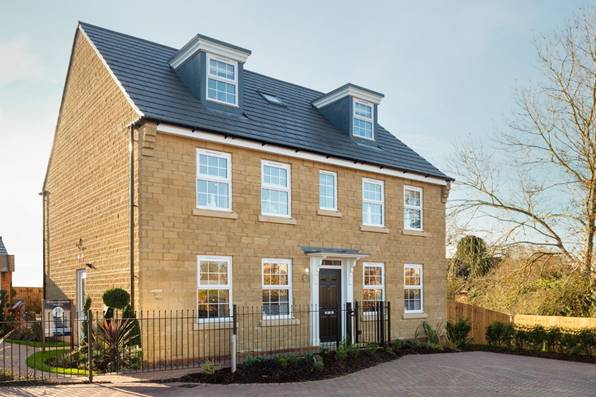Expert reveals ‘spend now, save later’ home improvements to suit all budgets

As house prices fall again for the fifth month in a row and mortgage approvals dipping to their lowest since May 2020, the majority of Brits are staying firmly put, instead opting to ride out the property market storm. However, while waiting for it to pass, there are many lasting home improvements to suit all budgets that can save money and add value to a property. Aluminium and glass experts Aluminium Windows and Doors have compiled a list of some ‘spend now save later’ improvements for 2023.
1. Insulation
If cavity walls and loft space aren’t insulated, up to a third of heat within a home can escape, wasting energy and money. Insulating cavity walls requires a registered professional and usually takes 2-3 hours to complete. The average cost of insulating cavity walls is £1800 for a detached house; however, it can save over £600 per year in energy bills and hence save money in the long term.
In addition to cavity wall insulation is loft insulation, where up to a third of heat can be lost. Again, this is a job for the professionals, with the average detached house costing £900 to insulate; however, it could save up to £600 per year in energy bills.
Improving your insulation will also improve your home’s EPC rating, attracting a slight price premium when you come to sell it.
2. Solar panels
If you are looking to further save on your electricity bills, installing solar panels is the way to go. By making your electricity, you could save around £300 per year and reduce your carbon footprint. Solar panels aren’t right for every home, though, you’ll need a suitable amount of roof space (around 20 square metres), and a north-facing garden is not ideal. Solar panels don’t come cheap, though; the average-sized system costs around £6000. In addition to saving you money on electricity, recent research suggests that properties with solar panel systems can expect a price increase of up to 2%.
3. Upgrade windows and doors
It goes without saying that upgrading your home by replacing old and tattered single-pane windows and doors will add value to your home and increase its curb appeal. Double glazing ranges in its energy ratings from A++ to E (with A++ to C being accepted by Building Control), so opting for A-rated windows and doors will retain the heat, reduce your heating bills and reduce your carbon emissions. Even though PVC is the cheapest option for frames, installing aluminium windows and doors can save you money as they last longer.
4. Install a Home Gym
If you want to add the wow factor to your home, why not invest in a home gym? Not only can you save money on expensive monthly gym memberships, but you can also significantly increase the value of your home by up to 44%.
There are many options for installing a home gym to suit various budgets, from converting a garage or an existing room within your property to adding a small extension or garden room. As well as the cost of renovating a space, you’ll need to budget for gym equipment which could cost around £9000; however, if budget is an issue, you can opt for second-hand equipment. Alternatively, you could opt for a ‘wellness space’ for yoga and meditation, which would require less equipment.
5. Create a home office
With the percentage of brits working exclusively from home on the decline, the percentage of those opting for a hybrid working model is continually increasing. As such, it’s important to have a space or room to work from that allows for the correct ergonomic set-up to enhance well-being. This needn’t be an expensive addition to your home; if space is an issue, you can opt for a folding desk, or to increase movement, you can go for a standing desk converter. There is the option to make a home office versatile by doubling up as a spare bedroom and including a day bed. If you can make your budget stretch a bit further, you could consider an extension or a garden room, which would add value to your property.
Creating a home office to enable you to work from home can also help you save money. With the UK government reporting the average commute time as 27 minutes, over 80% of that commute is either by car, bus or rail. By creating a home office, you can not only save on travel costs, but you can also lower your carbon footprint.






